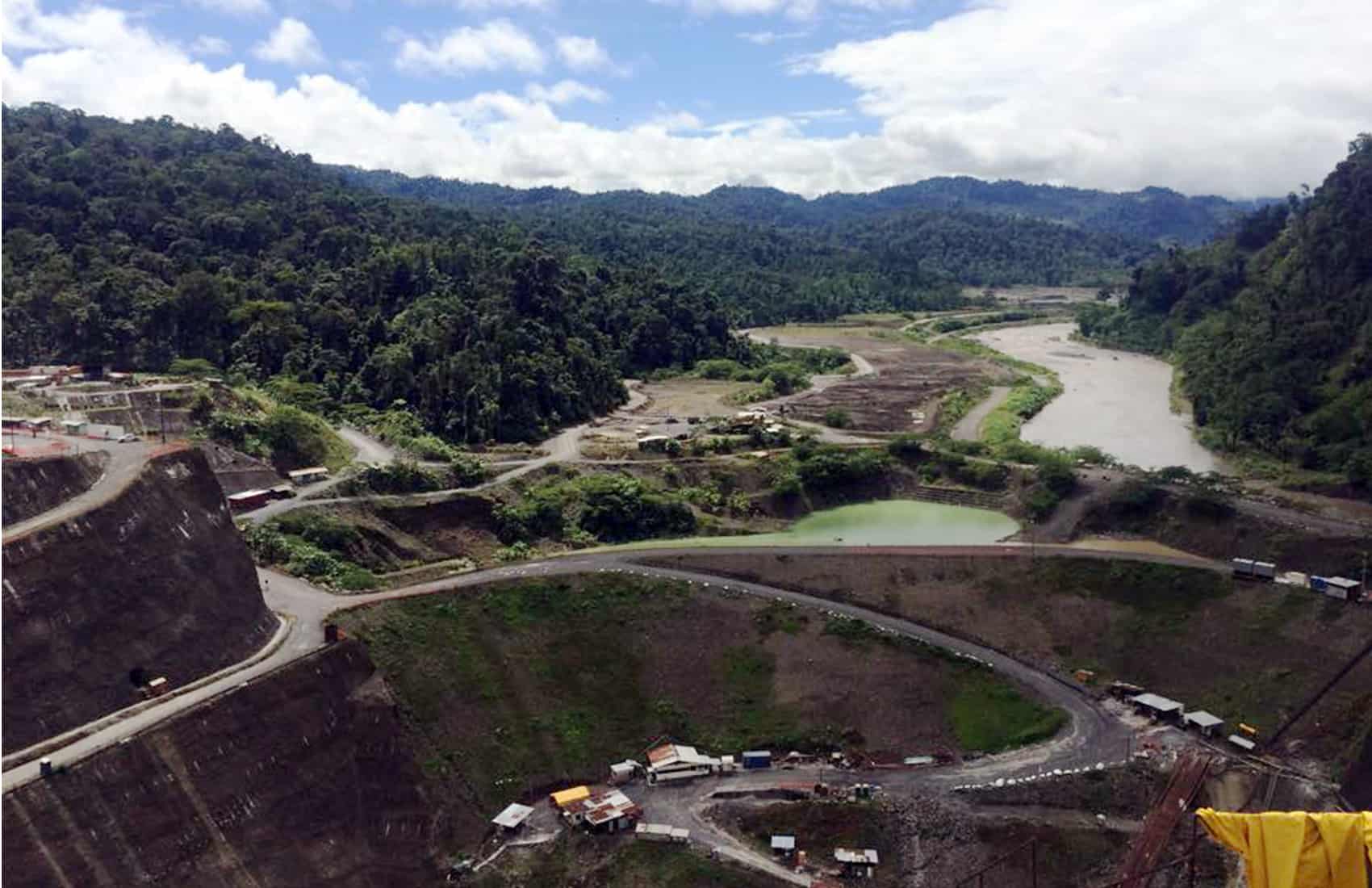Central America’s largest hydroelectric project is officially online. After six years of construction, the first of the Reventazón dam’s five turbines was synchronized and expected to be connected to Costa Rica’s national power grid this week, according to the Costa Rican Electricity Institute (ICE).
The first turbine has the capacity to power roughly 125,000 homes with its 73 megawatts. When the Revantazón project is fully operational before the end of 2016 it will have a generating capacity of 305.5 MW, enough for an estimated 525,000 homes.
After the Panama Canal, the Reventazón hydroelectric project in the Caribbean community of Siquirres is the largest public infrastructure project in Central America to date. The 130-meter-high dam that feeds the project contains 9 million cubic meters of material and will handle up to 118 million cubic meters of water from the Reventazón River.
Even before the Reventazón dam came online, Costa Rica’s energy matrix has become highly dependent on hydropower, allowing it to minimize its use of fossil fuels for electricity. In 2015, 99 percent of the country’s electricity demand was generated using renewable sources. Hydropower provides more than 70 percent of Costa Rica’s energy needs, according to ICE.
Despite Costa Rica’s enthusiasm for hydropower, the government has taken steps to protect some rivers. President Luis Guillermo Solís signed a 25-year moratorium in 2015 protecting the Pacuare and Savegre Rivers from damming. Both rivers are famous for their world-class rapids and are mainstays of the tourism industry.
But that doesn’t mean the government isn’t looking to build more dams. As the Reventazón project nears full operation, another, even bigger hydroelectric dam has been proposed near Buenos Aires in Costa Rica’s Southern Zone. The Diquís project has been in limbo for years because of a dispute between ICE and local indigenous groups who say they have never consented to the massive dam. But if it ever gets off the ground, El Diquís would have more than twice the generating capacity as the Reventazón, some 652 MW, according to ICE.

